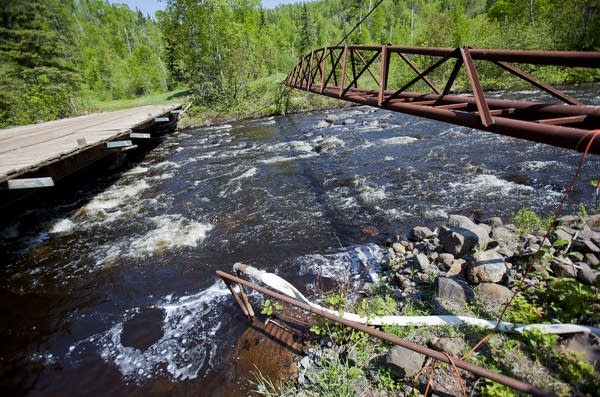Cleaning up polluted water is tough, but possible. Here's how

The Poplar River runs past a pumping station and through the Lutsen Mountain Ski Resort.
Derek Montgomery | MPR News file
Go Deeper.
Create an account or log in to save stories.
Like this?
Thanks for liking this story! We have added it to a list of your favorite stories.


